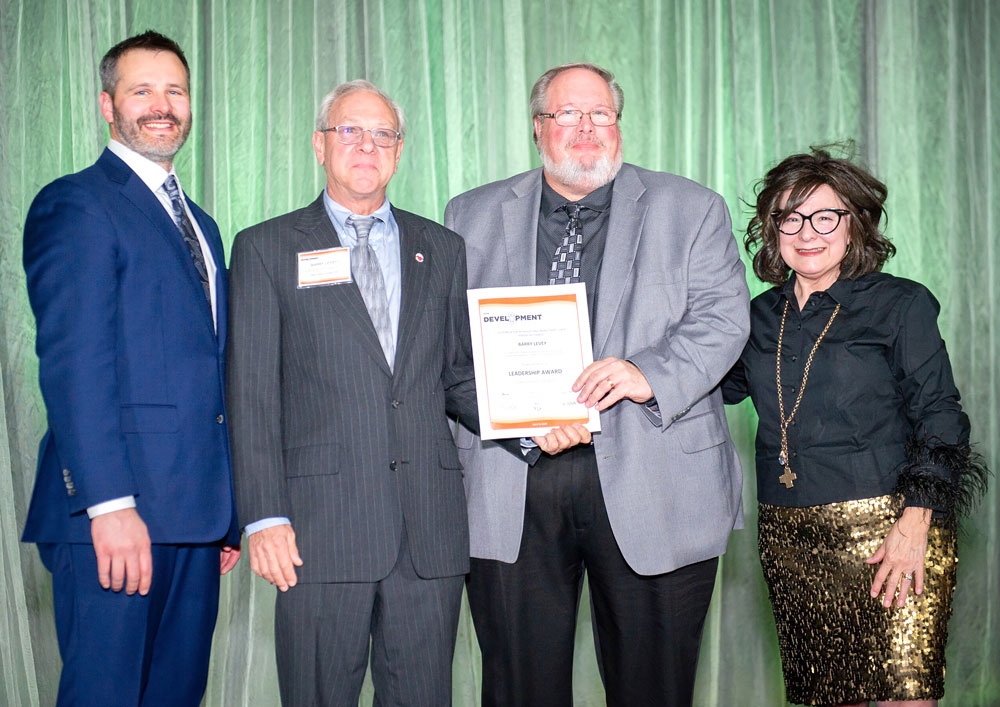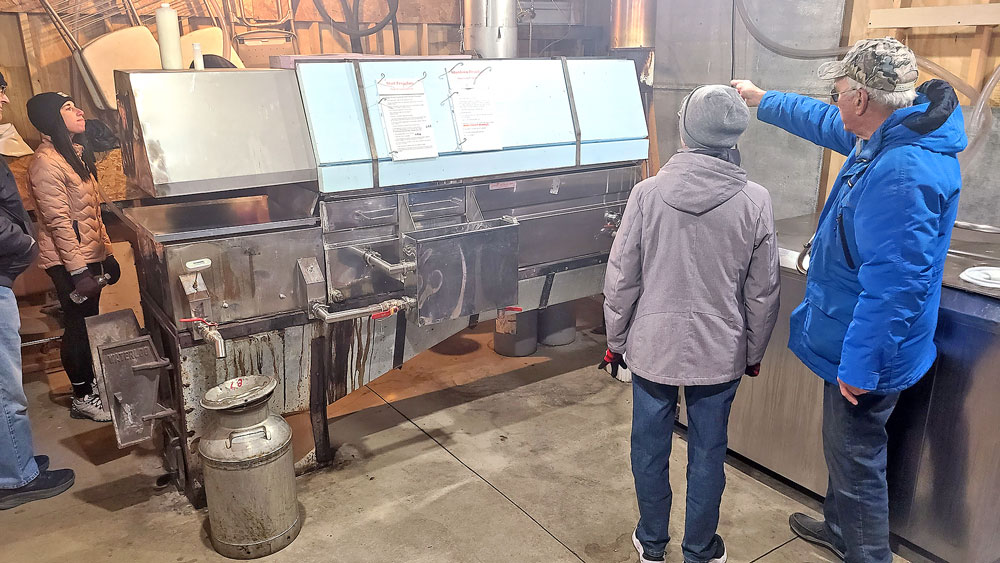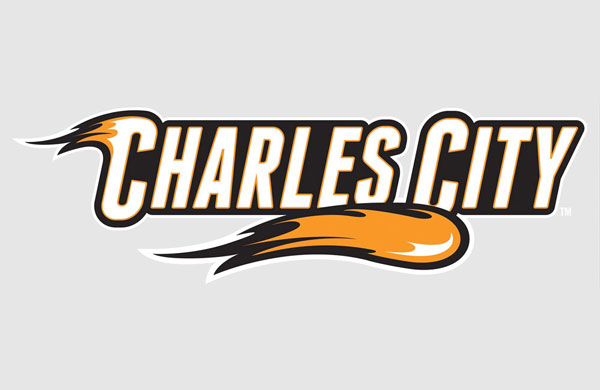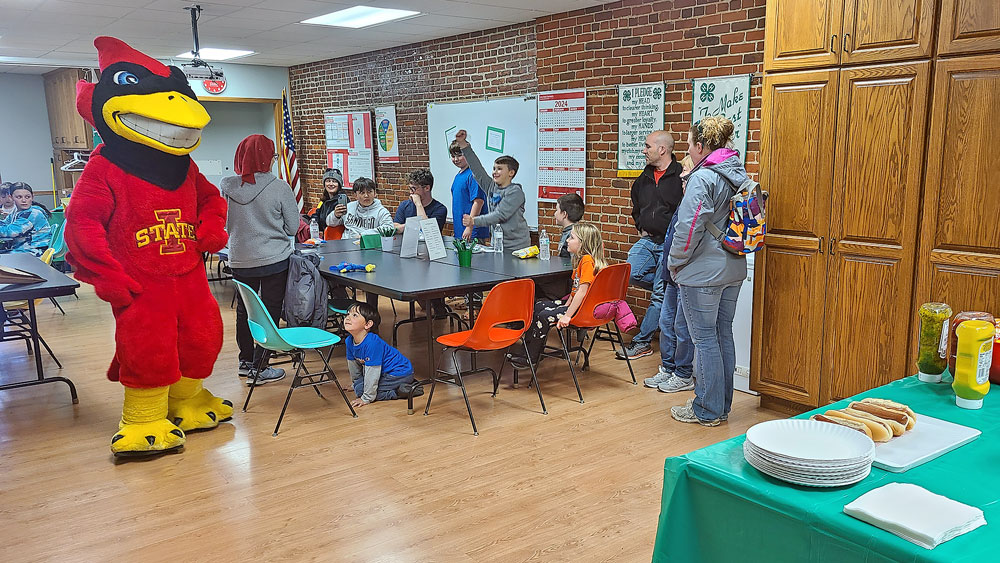Floyd County Medical Center trustees leaning toward ambulance subsidy contribution, but have questions and concerns
By Bob Steenson, bsteenson@charlescitypress.com
Representatives of the Floyd County Ambulance Commission were at a Floyd County Medical Center Board of Trustees meeting Monday evening, hoping to convince the hospital board to help pay an ambulance service subsidy cost that will more than double beginning July 1.
The trustees tabled a decision until their next monthly meeting in April. It appears likely they will contribute $100,000 to help support one year of service by AMR ambulance, although the source of those funds is also still to be decided.
During the discussion, terms such as “blackmail” and “ransom” were used by trustees to describe their opinion of the private ambulance company’s actions.
Charles City and Floyd County are near the end of a three-year contract with AMR ambulance service where the city and county split the subsidy cost equally – $150,000 ($75,000 each) the first year, $175,000 ($87,500 each) last fiscal year, and $200,000 ($100,000 each) this year in a contract that ends June 30.
Although the city and county had been expecting to split a subsidy cost of $226,000 in the first year of a new contract to begin July 1 – and struggling with how they would come up with that money – AMR recently said it would need $415,000 in the first year, with a 3% increase each year after, to $427,450 then $440,274.
It added about those numbers, “You may consider these to be final.”
Charles City City Administrator Steve Diers is not a member of the Ambulance Commission, but he advises that body and he and four members of the commission were at the hospital board meeting.
Diers recounted the history of AMR ambulance service in the community, telling the trustees that up until four or five years ago, AMR paid the city almost $24,000 each year to house the ambulances at the fire station and to provide firefighters as drivers on calls, and some of that was turned over to the county for dispatching services.
That all changed in 2019, when a three-year contract expired and AMR said it could no longer operate without a subsidy to help cover losses. The city alone signed a contract with AMR for $50,000 that first year, along with dropping charging AMR any fees, then in 2020 the city and county signed the current three-year contract.
In addition to the annual subsidy, the city paid about $180,000 to remodel the fire station so that in addition to housing the ambulances as it had before, AMR had office space and sleeping space for its crews while on duty, Diers said.
Diers said the Ambulance Commission has sought other options, sending out requests for information from any company interested in providing service in Floyd County, first in 2019 and again last year.
“We scoured the county for other interested parties. No response,” he said. One company said maybe in 2019, but that it wasn’t ready then, and since then has become less able to extend service to Floyd County.
“We’ve looking at how to make this work. We’re leery of doing it ourselves, but even if we do it, it will take some time,” Diers said regarding the prospect of starting a public ambulance company.
He said start-up costs to create an ambulance service would be $1 million to $2 million, and in the meantime, “how do we fund this $415,000 shortfall?”
Diers said the city’s ability to raise funds is being challenged by the Iowa Legislature, which is looking at more and more ways to control property taxes collected by cities and counties.
The purpose of the visit to the medical center Board of Trustees meeting was to ask for financial support.
Diers and other members of the Ambulance Commission who were at the meeting said that in many other communities the local hospital either supports ambulance service or runs the service outright.
The trustees seemed sympathetic to the problem, but also had a lot of questions, especially regarding why AMR is supposedly losing so much money and what happens next.
AMR said at a Ambulance Commission meeting last week that its losses were a combination of steeply rising prices and flat to declining revenue, due to low payment rates by Medicare and private insurance companies, but especially by Iowa Medicaid, which the state has turned over to private companies which have dramatically reduced their reimbursement rates.
Trustees agreed that low payments on claims was a problem that was impacting the medical center as well.
Several trustees said they wanted to see AMR’s finances, but others pointed out it is a private company and is not obligated to turn that information over.
Diers said the contract with AMR lets the Ambulance Commission request a financial report, and he has done so, but the information contained in that is somewhat limited.
AMR has said that it could delay part of the first year subsidy, perhaps moving $100,000 from the first year to the second and third years, in order to give the county time to try again to pass a countywide EMS levy that had fallen far short of being approved in the election last November.
Although the medical center has said in the past it could not afford to support ambulance service, in 2019 Floyd County voters approved changing the hospital’s state charter so that it could collect property taxes to bolster its finances. The board said before that vote that it would collect $500,000 per year, and has collected around that amount each year since.
The Iowa Code that allows the medical center to levy property taxes in its new charter also allows an additional levy, specifically to support ambulance service. So far the medical center has not collected anything under that levy.
Ron James, Board of Trustees chair, said, “We changed our charter at $500,000. What will people think if we raise that? People voted against the (EMS) levy. What would they think? This would be like back-dooring them.”
James said the medical center isn’t like a county or a city government.
“We’re a business. We need people to come here,” he said, about the possibility of some people going elsewhere if they are angry about an additional tax levy.
Trustee Cheryl Erb said she was sympathetic to the situation, and was leaning toward contributing $100,000 toward the subsidy for one year.
“But what’s the plan?” she asked about the years after that. “I want to see a plan. I want to see where this is going.”
Police Chief Hugh Anderson, a member of the Ambulance Commission, said it would take about two years to start up a public ambulance service.
Diers said the ambulance commission had looked closely at the possibility of starting an ambulance service last year when it was going through the essential services levy process.
Considering the $200,000 the city and county are paying AMR currently, it looked like the numbers for a public ambulance service worked.
Now, with a $415,000-plus subsidy that a public ambulance service could do away with, it seems more likely a public service could pay for itself.
But again, he said, they still have to fund the AMR subsidy probably for at least two years.
James told the Ambulance Commission they would take the request under advisement, but noted that they had already passed their 2023-24 fiscal year budget, and he didn’t know if they could change that or if using the ambulance levy was even an option with the budget already passed.
Trustee Viva Boerschel said, “We are all in agreement we need an ambulance service for the county.”









Social Share